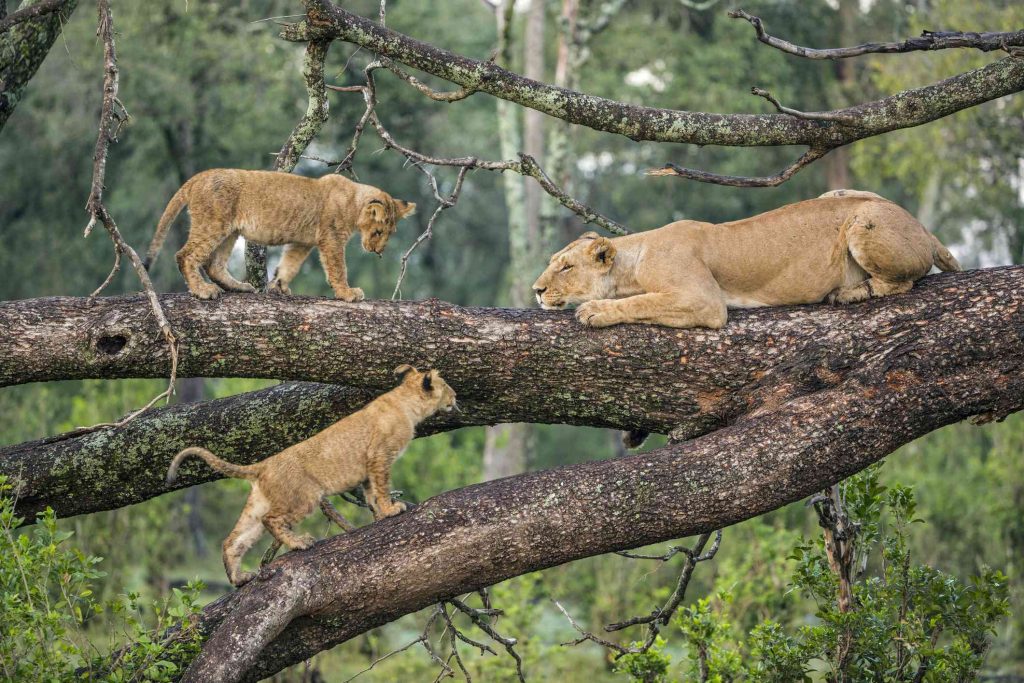Audience: general public.
Mount Kilimanjaro is one of the most iconic and tallest mountains in Africa. Located in Tanzania, the 19,341 feet tall mountain is a popular destination for adventurous climbers. But is it always snow-capped? Let’s explore.
1. Exploring Mt. Kilimanjaro
Mount Kilimanjaro is one of the highest mountains in the world and the tallest in Africa. It is located in Northeastern Tanzania and is composed of three volcano cones that provide a range of terrain for hikers and climbers. The mountain is home to a variety of wildlife, and the vegetation and climate change with altitude.
The lower slopes of Kilimanjaro are green and tropical as the mountain is close to the equator. As altitude increases, the terrain becomes more arid with less vegetation, and the temperature decreases. At the highest elevations, temperatures can drop as low as -20 degrees Celsius, and the peak of the mountain is permanently covered in snow and ice.
2. Is It Capped in Snow?
The answer is yes, the peak of Mount Kilimanjaro is permanently capped in snow and ice. The snowline is around 5,000 meters, and the highest peak of Uhuru (5,895 meters) is permanently covered in snow.
However, the snow cover on Mount Kilimanjaro has been decreasing over the years due to climate change. Scientists have recorded the mountain’s snow cover decreasing by 85 percent since the late 1800s. The snow and ice on the mountain are melting faster than they can be replenished, and the future of the mountain’s snow cover is uncertain.
Fortunately, there are efforts underway to help preserve the mountain’s snow cover and reduce the impacts of climate change. Several organizations have joined forces to protect the mountain’s glaciers and promote sustainability initiatives in the region.
In conclusion, the peak of Mount Kilimanjaro is permanently capped in snow and ice. Unfortunately, the mountain’s snow cover has been decreasing over the years due to climate change. But there are efforts underway to help preserve the mountain’s snow cover and reduce the impacts of climate change. So, while Mount Kilimanjaro may not always be white with snow, we can help ensure that it will remain an iconic, snow-capped mountain for generations to come.

